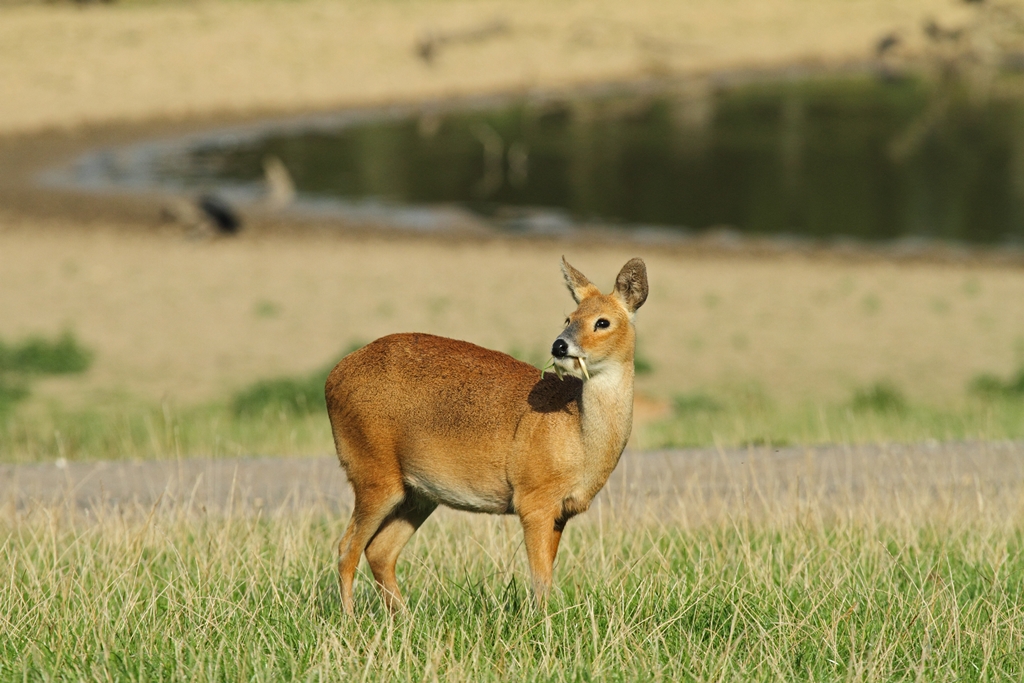I’m getting to that dangerous and curmudgeonly age where I’m tempted to tell younger people that their ‘new’ idea is not as new as they think it might be.
For instance, the current fashion for zero till seems remarkably reminiscent of the ‘match and scratch’ technique Dad developed in the 1970s. To put this in its historical context, Dad had grown up in the 1930s on a farm run by horses with no tractors. He was part of that post-war generation of arable farmers that spearheaded the tractor revolution whereby in just 20 short years British farms went from having over a million working horses in 1940 to almost none in 1960. It’s hard to imagine what this fundamental shift must have felt like on the ground. It’s probably not an exaggeration to say an arable farm in the interwar years had more in common with its Roman predecessor than it did with its 1960s successor.
I grew up on a farm in the 1960s increasingly festooned with tractors. At ‘peak tractor’ we must have had eight tractors and three combines servicing 800 acres (324ha) of crops. It almost seems laughable now that we even had one tractor – a Ford 4000 – that was sometimes referred to as the ‘rolling tractor’ because that is primarily what it did. In keeping with this tractor-mania, the fields were seeing more and more ‘tractor action’.
To go behind this expanding fleet went an expanding array of cultivation kit – subsoilers, discs, tine harrows, power harrows, Packer-rolls, flat rolls, Cambridge rolls – so that the soil could be dug up and pummelled back down again in pursuit of the perfect seed bed. Tractors literally queued on the headlands waiting for their turn in a cultivation carnival.
But in the 1970s there was a bit of a U-turn as a box of Bryant and May matches coupled with a Bettinson direct drill pioneered single-pass establishment based on scratch tillage. Of course, Dad did this to save money rather than to save the planet. By the 1990s, compaction and the burning ban caused another rethink. Suddenly tillage seemed to need that contrarian combination of the clod maker (sub-soiler) followed by the clod pulveriser (power harrow). Today, the circle turns yet again, and we’re back to trying to minimise cultivations and soil disturbance.
But I’m wary of turning into some sort of ageing keeper of the historic farm-log whose seen it all before. The zero-till drills of today are far superior to the Bettinsons of the 1970s as indeed are the tracks that modern tractors run on. Today’s in-cab technology is light years away from the sticks and flags we used to put in fields so we knew roughly where we were, to the nearest acre or two. If there is something I’ve seen before then it’s the virtue of being open minded to change. That’s worth hanging onto.
Fangs ain’t what they used to be
I suspect I’m not the only farmer who gets somewhat weary of being told by conservation organisations, who despite having never set foot on my patch, seem to somehow know that thanks to my ‘intensive, industrialised, agriculture’ that my farm is in an increasingly degraded state slowly turning into a mono-cultural desert devoid of wildlife. The curious thing is I’m actually recording more different species of mammals and birds on my farm not less.
 The latest arrival skipped out of a reed-bed as I was going around a headland with the fertiliser spinner. It was one of those ‘WTF is that ?’ moments. A quick Google on the iPhone identified the exotica – a Chinese Water Deer. The website in question tells me they are indigenous to the lower Yangtze where they are becoming endangered and they grow fangs rather than horns. Sometimes in life I struggle to find the words to properly articulate my emotions so instead I use a phrase of gobbledegook – ‘Well dip me in chocolate and feed me to the lesbians’
The latest arrival skipped out of a reed-bed as I was going around a headland with the fertiliser spinner. It was one of those ‘WTF is that ?’ moments. A quick Google on the iPhone identified the exotica – a Chinese Water Deer. The website in question tells me they are indigenous to the lower Yangtze where they are becoming endangered and they grow fangs rather than horns. Sometimes in life I struggle to find the words to properly articulate my emotions so instead I use a phrase of gobbledegook – ‘Well dip me in chocolate and feed me to the lesbians’
Guy Smith grows 500ha of combinable crops on the north east Essex coast. @EssexPeasant





